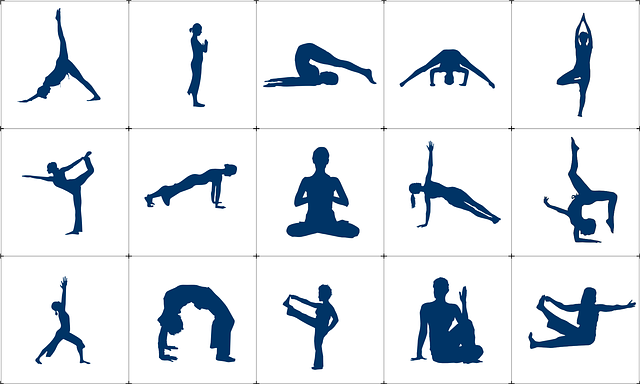Pañcamaya as it relates to Āsana
What is Āsana?
Āsana are the physical movements or postures of yoga. A lot of people think of yoga as just āsana. While they are apart of yoga, they are only one part of a larger whole. It’s easy to understand the confusion.
When observing a regular yoga class, you see people putting their bodies into different, often unusual positions. Sometimes they flow, or move slowly from one posture to another, sometimes staying in one position for a period of time. Frequently, everyone in the class is synchronized, all moving together. Add to this modern media’s input on our cultural values. Magazine covers, social media and even tv commercials all represent yoga as beautiful, fit people performing various postures.
Have you ever thought, I don’t have a body like that? I’m not strong or flexible. Or maybe you’re dealing with a health concern. If we think getting into pretzel like postures is all yoga is, then it’s beyond a lot of us. It’s not, anyone can do yoga, although it will look different for everyone.
Let’s take a deeper look.
Yoga is an ancient spiritual discipline. It is a 1000’s year-old art and science based upon one of the 6 philosophical disciplines of India. The philosophies, called darśanas (pronounced darshanas,) are aimed at relieving human suffering, and this is yoga’s main goal.
The practice of yoga helps stop the rollercoaster movements of the mind. It helps bring clarity to our thoughts and balance to our lives. Yoga facilitates healing and self-acceptance, calms the mind and body, and helps us notice and choose the important and pleasant things in life. The practice of yoga helps create space in our body and our lives. Yoga supports the creation of new habits or patterns and improves the quality of our relationships. How the heck does yoga do that? How does putting our bodies in different positions make our lives better? These are great questions.
Āsana (the physical postures) is 1 tool of yoga. There are several. The practice of postures is an important tool and one that can make a huge impact on our lives. Yet to understand how it all works, we need to understand a few other basic principles.
The Pañcamaya Model
From the Taittrīya upaniṣad, the pañcamaya model is one-way yoga practitioners understand how the human system works. Pañca (pronounced pañcha) means 5. Maya means something that is all pervading. According to this model, the human system is made up of 5 multi-dimensional and interconnected aspects or dimensions. Some might use the word “level,” but unlike the levels of a scale or layers of an onion, all the aspects or dimensions occur in the same place at the same time.
The 5 dimensions are annamaya (the physical body,) prāṇayama (breath and movement,) manomaya (mind or intellect,) vijñānamaya (personality) and ānandamaya (emotions.) These elements are always present, all the time, in every part of the human system. They are inseparable and all-pervading. Therefore, what affects one level or dimension of the human system, affects all the others.
In terms of āsana
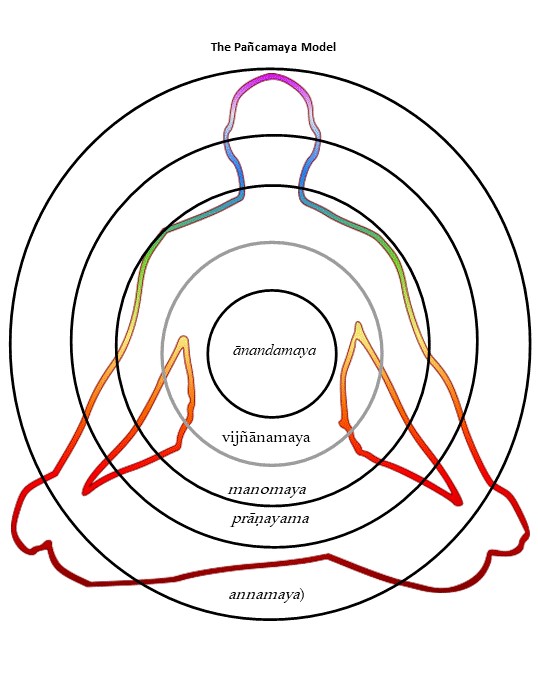
When doing asana, we find that the breath is affected. In fact, the breath supports or informs the purpose or function each posture. Postures (annamaya) relate to the breath in very natural ways, working with natural breathing patterns as they connect to movement (prāṇayama.) For example, when we expand or extent the body, inhaling is natural because the lungs expand. When folding forward the natural exhale accompanies the contraction of the abdomen. But also, movement is a part of everything. even when holding still or staying in a posture, the abdomen is always rising and falling, blood is always pumping, and there is always some form of movement.
The mind level (manomaya) becomes involved when paying attention during asana practice. Attention and focus is needed to coordinate our breath with the movements. Without alertness and stability, both the breath and movement changes, with these changes we get different results.
As we practice yoga over time, we begin to cultivate spaciousness. Space is the place where change is nurtured. Here’s an example.

Say you come home from a hard day at work. The house is a mess, and your children are gleefully playing tug of war with the dog and the couch cushions. Stuffing is everywhere. Because you have been cultivating space, you can choose the way you want to respond. A moment is all it takes.
All of this adds up to how you feel, ānandamaya (level of feelings.) This, for me is also the level of connection and joy, because I am no longer bound to the old patterns in my life (vijñānamaya.) With this cultivated space, I can now develop new, intentional ways of acting, thinking and feeling. I have the clarity (most of the time) to choose an appropriate action rather than an automatic one.
The way āsana works is not an accident.
The above effects do not happen by accident. The ancient sages put this all together in a scientific and intentional way. Yoga is about consciously engineered experiences. We begin where we are and move to where we want to go. Small steps over time. When we practice an intentional, well-planned āsana practice, where we end up is usually better than where we started out thinking was possible.
Doing random poses in a random order can scatter our energy, dispersing prāṇa. (We’ll talk about prāṇa next.) When that happens, āsana practice can take us away from the direction or area of focus. Because of this, the results are far less beneficial and sometimes even harmful.
Yoga practice, including the practice of the physical poses, is very personal. It is not prescriptive. Everyone experiences everything it in their own way. One person may feel great with a kind of practice that another finds detrimental. Working with a qualified teacher, as a guide, is the best way to develop a practice that helps you move in your chosen direction.
Coming up next – The concept of prāṇa.
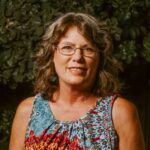
Annie Jones
Annie’s main educational background is in traditional and therapeutic yoga, herbalism, Vedic chanting, and Ayurveda. She is a Clinical Herbalist with more than 35 years’ experience, and a Yoga Therapist and Teacher in the linage of T, Krishnamacharya and TKV Desikachar. Annie is a registered Yoga Teacher with the Yoga Alliance, E-RYT 500, YACEP, RCYT, and is a Certified Yoga Therapist (C-IAYT) with the International Association for Yoga Therapists. She is also Certified as a Vedic Chanting Teacher by the Krishnamacharya Yoga Mandiram in Chennai, India.
Annie offers individual yoga therapy and herbal health consultations. She is available for a variety of experiential, educational and transformational workshops in the fields of yoga and holistic healing.
Further Reading
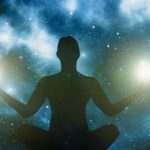
The Benefits of Mantra and Chanting
The practice of mantra and chanting is experiencing a new popularity in modern spiritual and yoga practices today. But they are not new. Mantra and

Healing the causes of suffering – A four-step model for healing
Yoga Therapy as a Healing Modality Offerings like “Yoga for Back Pain” and “Yoga for Stress Relief” are common, and seemingly increasing every day. But
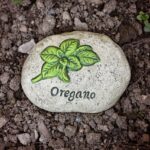
An Herbal Interlude with Oregano
Oregano (Origanum vulgar) Table of Contents Family – Labiatae or the Mint Family About Oregano Common Garden Oregano is an easy to grow addition to any
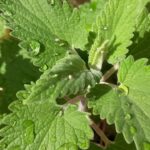
An Herbal Interlude with Catnip
Catnip – Nepeta cataria Family – Lamiaceae, the mint family Table of Contents Common Names Catnip is also commonly called Catmint, Catswort, Catnep, and Field
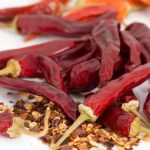
Natural Solutions for Shingles
Dear Annie, I have shingles; it is painful. Is there anything that can help? OH, Dear Friend, I’m so sorry. Shingles can be very painful.

An Herbal Interlude with Common Mullein
Common Mullein (Verbascum Thapsus) Family –Scrophulariaceae or the figwort family Table of Contents My friendly Mullein Rant Common Mullein is one of the top 10
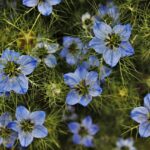
An Herbal Interlude with Black Cumin (Nigella sativa)
Black Cumin (Nigella sativa) Family – Ranunculaceae or Buttercup family Black Cumin is an AMAZING herb. I became aware of it only recently during my
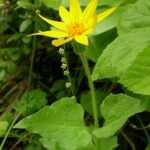
An Herbal Interlude With Arnica
Arnica Botanical Names Arnica cordifolia, A. chamissonis, A. montana, and others More years ago than I can count, Arnica was one of the first plants
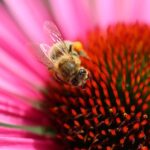
Bee Stings and Bug Bites
This summer my family has been hanging out in the pool almost every day. It’s a small pool, but big enough to float around and

Natural Solutions for Peripheral Edema
Dear Annie, do you have any ideas about using natural solutions for peripheral edema or swelling in the legs? I have edema in my left
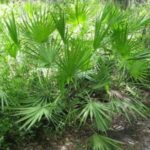
An Herbal Interlude with Saw Palmetto
Saw Palmetto is the gold standard for male reproductive issues. It also has affinities for the respiratory, digestive, immune and the genitourinary system.
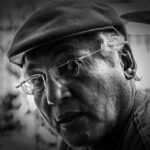
Benign Prostatic Hyperplasia (BPH)
Benign Prostatic Hyperplasia (BPH) is a chronic condition that affects 50-60% of all men over the age of 60. The good news is that Men have been successfully using herbs and yoga therapy to manage the problem for well, almost ever.
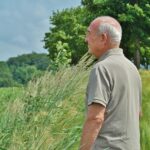
Prostate Enlargement with High PSA Levels
Dear Annie – Can you offer any direction for prostate enlargement with high PSA Levels? I am a 70-year old man and have been going

Natural Treatments for Giardia
Natural treatments for giardia involve a multi-dimensional approach. First we must stop the parasites growth, next we’ll want to support gut health and more
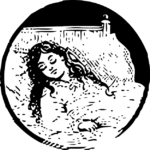
COVID19 Closing of the Lungs
The next stage of illness is called COVID19 Closing of the lungs or the Plague Closes the Lungs. Yuck! And that pretty much sums it

Fever from an herbalists perspective
Hello Plant Friends, For the past few weeks, we’ve been talking about the COVID-19 virus. Focusing on symptoms, stages of progression and treatment strategies. This

Prevention of COVID-19 from an Herbalist Perspective
Using foods and herbs as prevention strategies, we want to focus on a healthy lifestyle and strengthening our bodies natural built-in defenses.
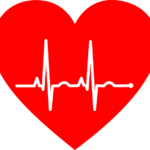
Herbal/Drug Interactions and Blood Thinning Medications
Dear Annie, I am at a loss since I began taking blood thinners last year. I love all my herbs and essential oils, but have been cautioned by my pharmacist not to use them. Please tell me more about the interactions between herbs and blood thinning medications.

Natural Solutions for Acid Reflux and GERD
Over 60 million Americans experience acid reflux (also known as heartburn) at least once a month. Some studies suggest that more than 15 million Americans, or about 18% to 27% of the total population, experience heartburn symptoms daily.

Urinary Infections in Dogs
Herbs that may help prevent urinary infections in dogs, as a side benefit, may also help with urinary incontinence and tone the colon wall.
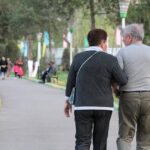
Erectile Dysfunction Following Prostate Surgery
Dear Annie, I had my prostate removed due to cancer about 8 months ago and am now having problems with intimacy. Would a testosterone booster help? Any other ideas?
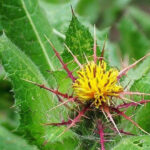
An Herbal Interlude with Blessed Thistle
Blessed Thistle was considered a heal-all in medieval Europe where it was used as a primary treatment for the bubonic plague. Today it’s used to improve digestion and to treat liver and stomach problems.
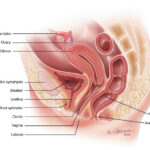
Natural Solutions for Abdominal Organ Prolapse
Dear Annie, I was diagnosed with bladder prolapse. The doctor recommends surgery. I’d like to avoid surgery. Is there anything I can do?
Thank you, this is a great question. There are several natural solutions that can help reduce symptoms and support the abdominal region and pelvic floor.

Natural Solutions for Hair Health
Dear Annie, What would you suggest I look for in a hair serum to promote scalp, Hair health and growth? Since the birth of my son 5 years ago, I’ve noticed my hair thinning. I don’t feel like I’m losing my hair but notice a lot on my brush and it feels like my hair is thinner.
The consistency of hair can often change at different times in life and is often connected to a major life change, like having children, menopause, age or illness. Hair (all over our body) is linked to the health of the entire system and is an indicator of your overall state of health.
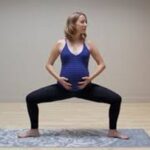
Yoga during Pregnancy
“Yoga is about creating harmony within oneself and to create that harmony while pregnant meant my practices had to honor as well as include the

Herbal Spotlight – Triphala (The Three Fruits)
Triphala, is an ancient Ayurvedic formula made up of a combination of three fruits, native to the Indian subcontinent. Amalaki (Emblica officinalis,) Bibhitaki, (Terminalia belerica,)
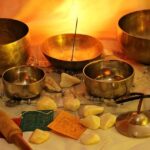
Yoga Sutra and Vedic Chanting
Yoga Sutra and Vedic Chanting Classes Patanjali’s Yoga Sutra The Yoga Sutra is one of the definitive works on the instruction, practice and philosophy of
References
TKV Desikachar; The Heart of Yoga, Developing a Personal Practice; Inner Traditions International, Rochester Vermont, 1999
Bossart, Chase MA; The Yoga Tradition, Yoga Bodies, Yoga Minds, How Indian Anatomies form the foundation for healing; International Journal of Yoga Therapy-no17, 20017
Desikachar, Kausthub with, Bossart, Chase and Liz Bragdon; Yoga of Healing: Exploring Yoga’s Model for Health and Wellbeing; International Journal of Yoga Therapy – Vol 15, 2005
Taittrīya upaniṣad – Brahmānandavallī
Disclaimer
The statements and ideas presented here are not intended to diagnose, treat, cure, or prevent any disease or condition. They have not been evaluated by the FDA. All ideas presented are for the sole purpose of education. To help you take control of your own health. If you have a health concern or condition, consult a physician. We suggest that you always consult a medical doctor before modifying your diet, using any new product, drug, supplement, or doing any new exercises.
These statements and products have not been evaluated by the FDA. They are not intended to diagnose, treat, cure, or prevent any disease or condition. If you have a health concern or condition, consult a physician. Always consult a medical doctor before modifying your diet, using any new product, drug, supplement, or doing any new exercises.
Herbs taken for health purposes should be treated with the same care as medicine. Herbal remedies are no substitute for a healthy diet and lifestyle. If you are serious about good health, you’ll want to combine diet, exercise, herbals, a good relationship with your doctor and a generally healthy lifestyle. No one of these will do it alone.
This information is designed to be used as part of a complete health plan. No products are intended to replace your doctor’s care, or to supersede any of his/her advice or prescriptions.

